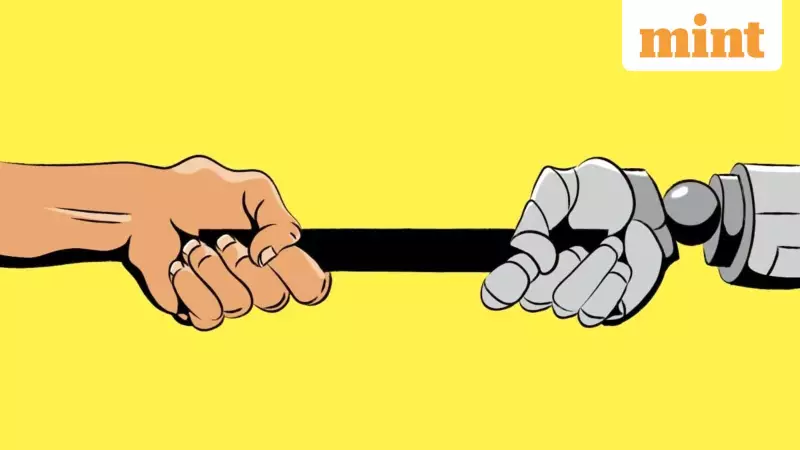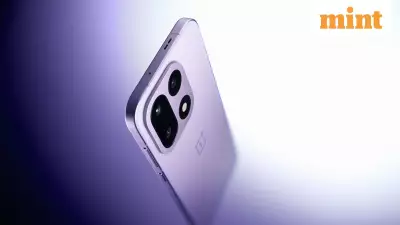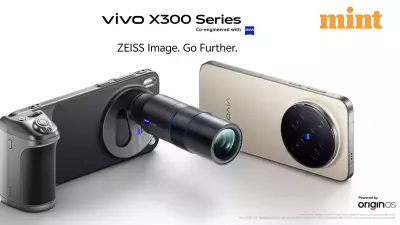
In an unexpected twist in the ongoing battle against AI-generated content, the humble em dash—that elegant punctuation mark beloved by writers—has become collateral damage. What started as a school investigation into potential AI misuse has revealed how ordinary punctuation marks are being wrongly flagged as signs of machine-written text.
The School Investigation That Started It All
The controversy began when 16-year-old student journalist Laszlo Stein received a tip for his school newspaper. The source claimed that the school administration—which had implemented a complete ban on AI usage—had ironically used artificial intelligence to write an email to parents. The email in question was described as sufficiently boring to potentially be written by ChatGPT, though equally boring enough to be written by a typical school administrator.
When the text was analyzed through two different AI detection tools—Originality.ai and QuillBot—both systems returned the same surprising result: 0% chance that a computer had written the email. Despite this clear technological verdict, the source remained convinced that AI was involved. Their evidence? The presence of em dashes in the text.
How the Em Dash Became an AI Red Flag
The em dash, that punctuation mark slightly longer than a hyphen that indicates a significant pause, has unexpectedly become what journalist Joel Stein describes as "the black light on the hotel sheets for AI-shamers." Across online platforms, this once-innocuous punctuation mark is now being treated as definitive proof that written content was generated by artificial intelligence rather than a human being.
On Hacker News, a user named energy123 declared: "The em dash is now a GPT-ism and is not advisable unless you want people to think your writing is the output of an LLM." The sentiment has spread to social media platforms, with beauty influencer LuxeGen warning followers on Instagram that to avoid AI accusations, they should "take out the ChatGPT hyphen."
Even OpenAI CEO Sam Altman contributed to the conversation, posting on X about what he called a "small-but-happy win": ChatGPT now properly follows instructions to avoid using em dashes when specifically told to do so in custom instructions.
Why Professional Writers Are Fighting Back
For professional writers like Joel Stein, this em dash shaming represents an attack on a fundamental tool of their craft. Stein estimates that he uses approximately 11 em dashes per 1,000 words in his writing—a frequency that ChatGPT claims is typical for professional writers, who apparently use this punctuation mark 4.4 times more often than the average person.
Stein readily admits these statistics might be highly inaccurate since he sourced them from ChatGPT—ironically highlighting one reason why his son's school bans the technology. However, his central argument remains compelling: em dashes represent something deeply human in writing.
The em dash serves as the breath marks in Emily Dickinson's poetry, the stream of consciousness in Virginia Woolf's novels, the maximalism of David Foster Wallace's prose, and the self-aggrandizing asides in Joel Stein's own work. It's the punctuation of digression and human thought—qualities that artificial intelligence struggles to authentically replicate.
As Holden Caulfield observes in The Catcher in the Rye: "I don't like it when somebody sticks to the point all the time. The boys that got the best marks in Oral Expression were the ones that stuck to the point all the time—I admit it." Significantly, he admits this with an em dash.
The Real Lesson Behind the Em Dash Controversy
Large language models like ChatGPT consume vast quantities of high-quality human writing, which explains why they've learned to use em dashes appropriately. Unlike many contemporary writers who view periods as abrupt or rude, AI systems properly understand and implement punctuation rules.
The true takeaway from this em dash scare isn't that we should avoid this punctuation mark, but rather that we should embrace it more enthusiastically. While many people struggle to locate the em dash on their keyboards and wouldn't know how to use it properly if they did, this punctuation mark requires nuance that surpasses simple emojis like thumbs-up, hearts, or eggplants.
The em dash creates less disruption than parentheses but signifies a more significant break than commas. Its length—equivalent to the letter "m"—distinguishes it from the less dramatic en dash, which professional writers often regard with some disdain.
Most importantly, the em dash represents a declaration of humanity in the face of AI's growing presence in written communication. The challenge remains that ordinary people need to learn how to use this punctuation mark effectively to reclaim it as a tool of human expression.





